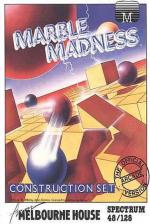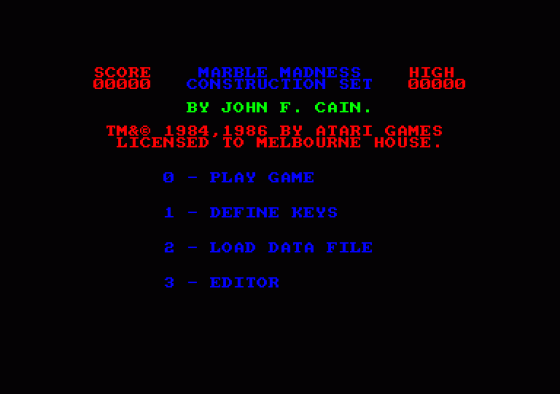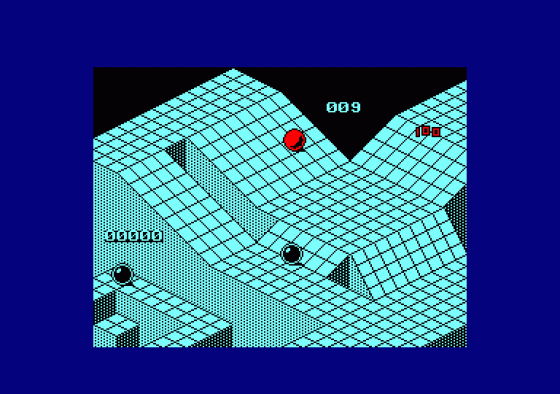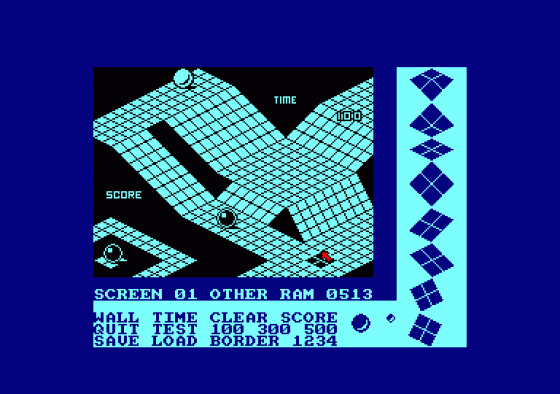Other Reviews Of Marble Madness Construction Kit For The Spectrum 48K
Marble Madness Construction Set (Melbourne House)
A review by (Crash)
Marble Madness (Melbourne House)
A review by Phil South (Your Sinclair)
Marble Madness Construction Set (Melbourne House)
Melbourne House release a 'customise a coin-op classic' package
Marble Madness Construction Set (Melbourne House)
A review by Andy Moss (Sinclair User)
Marble Madness (Melbourne House)
A review


 1st January 1987
1st January 1987











